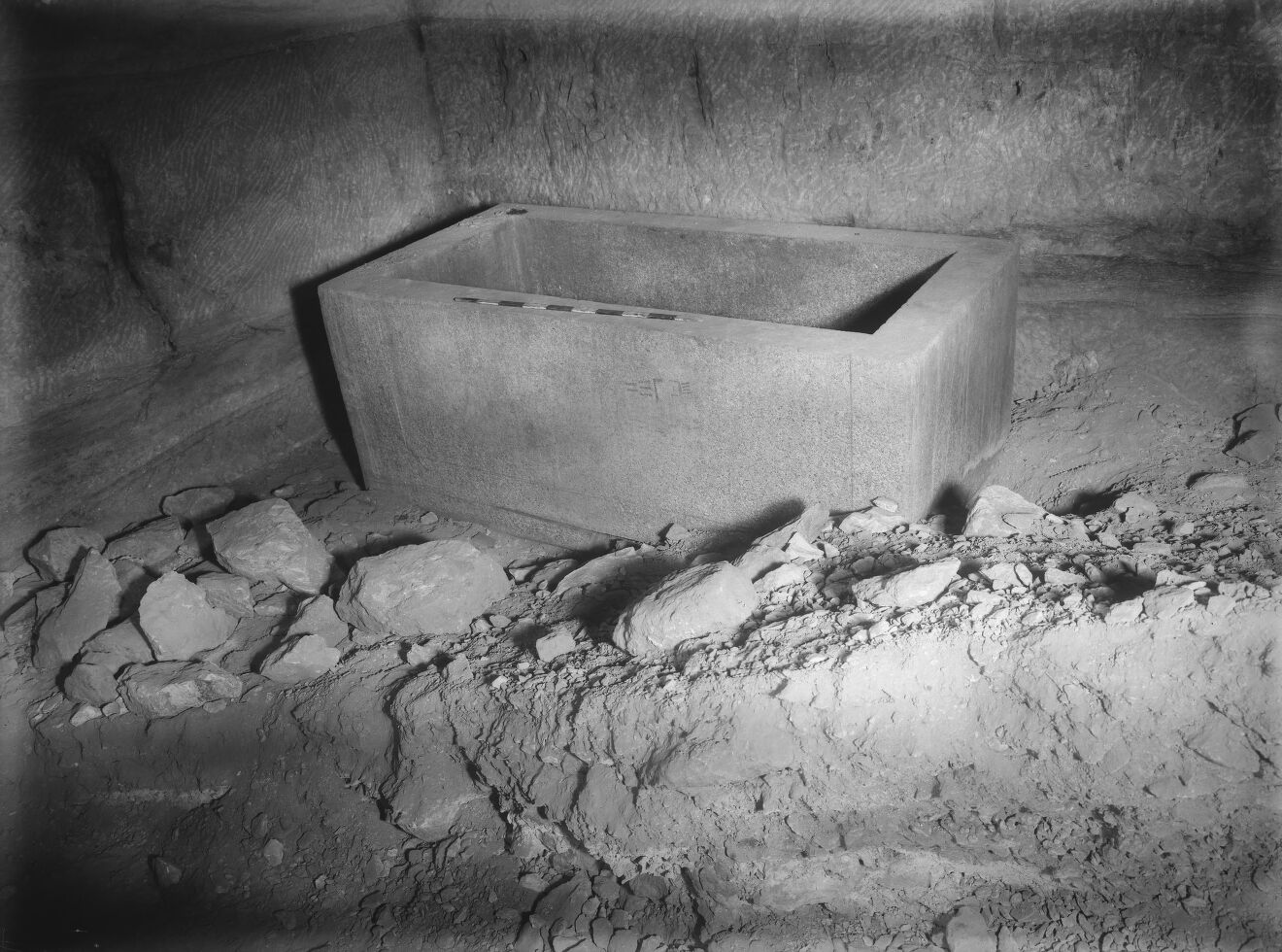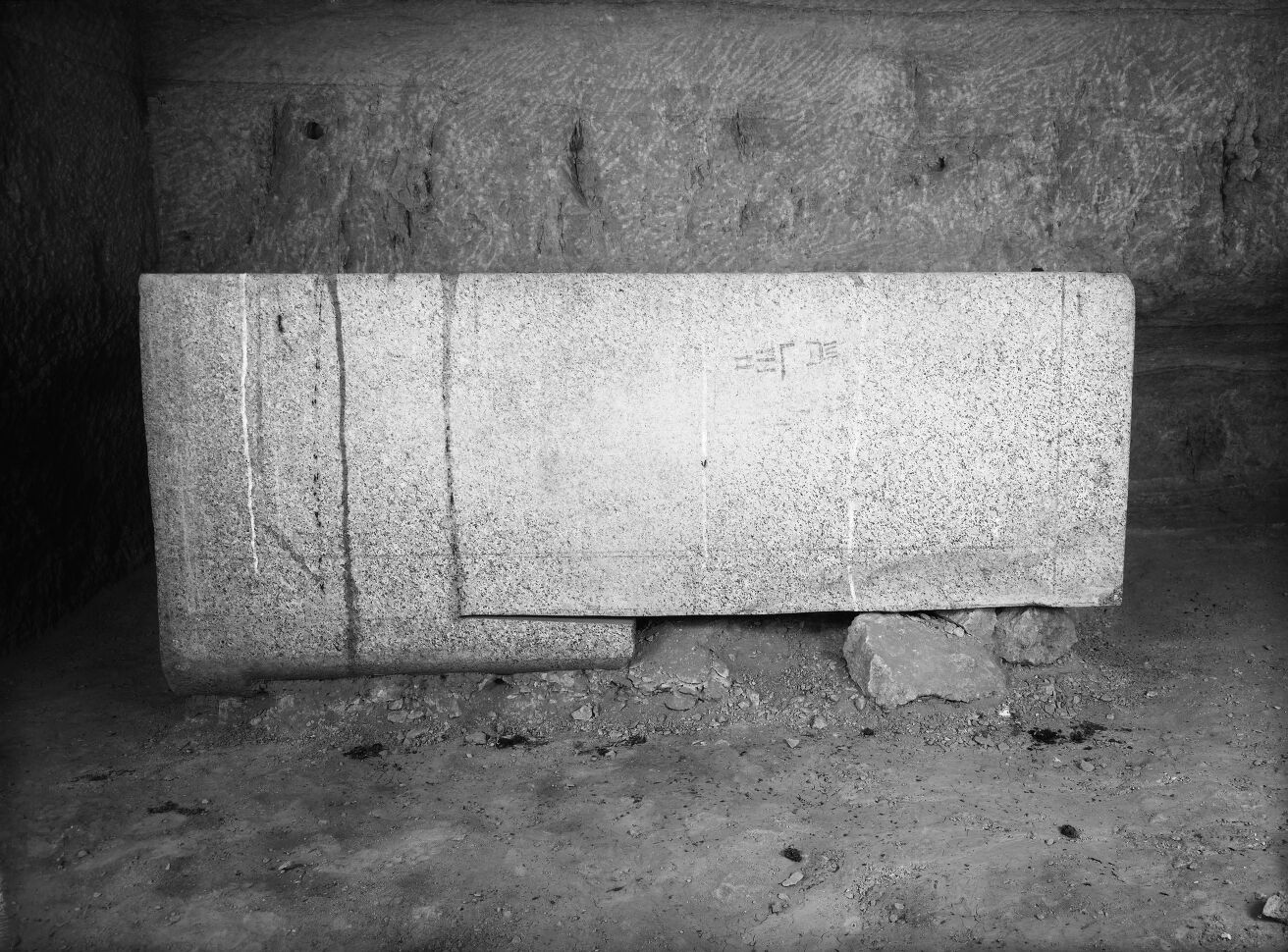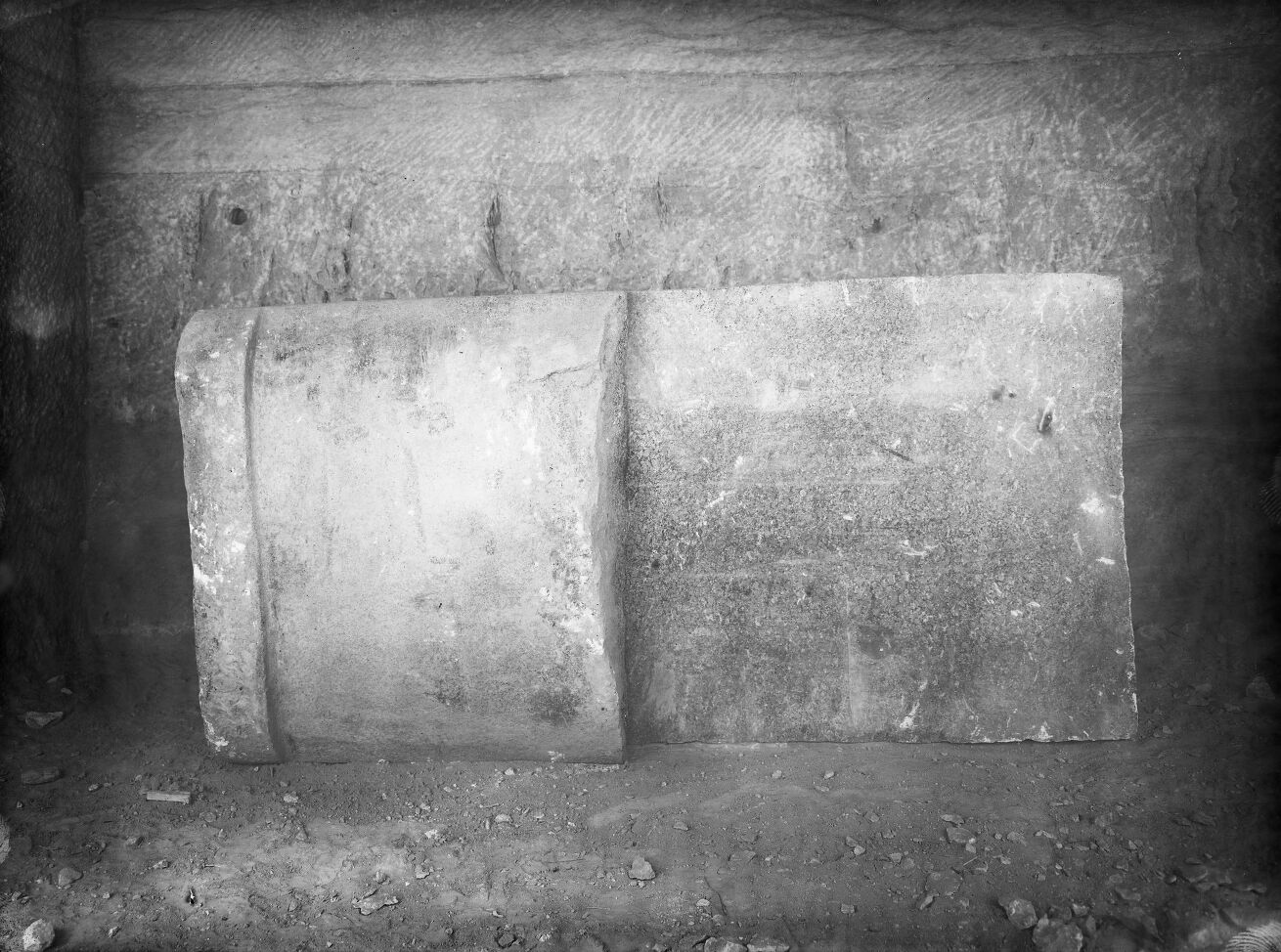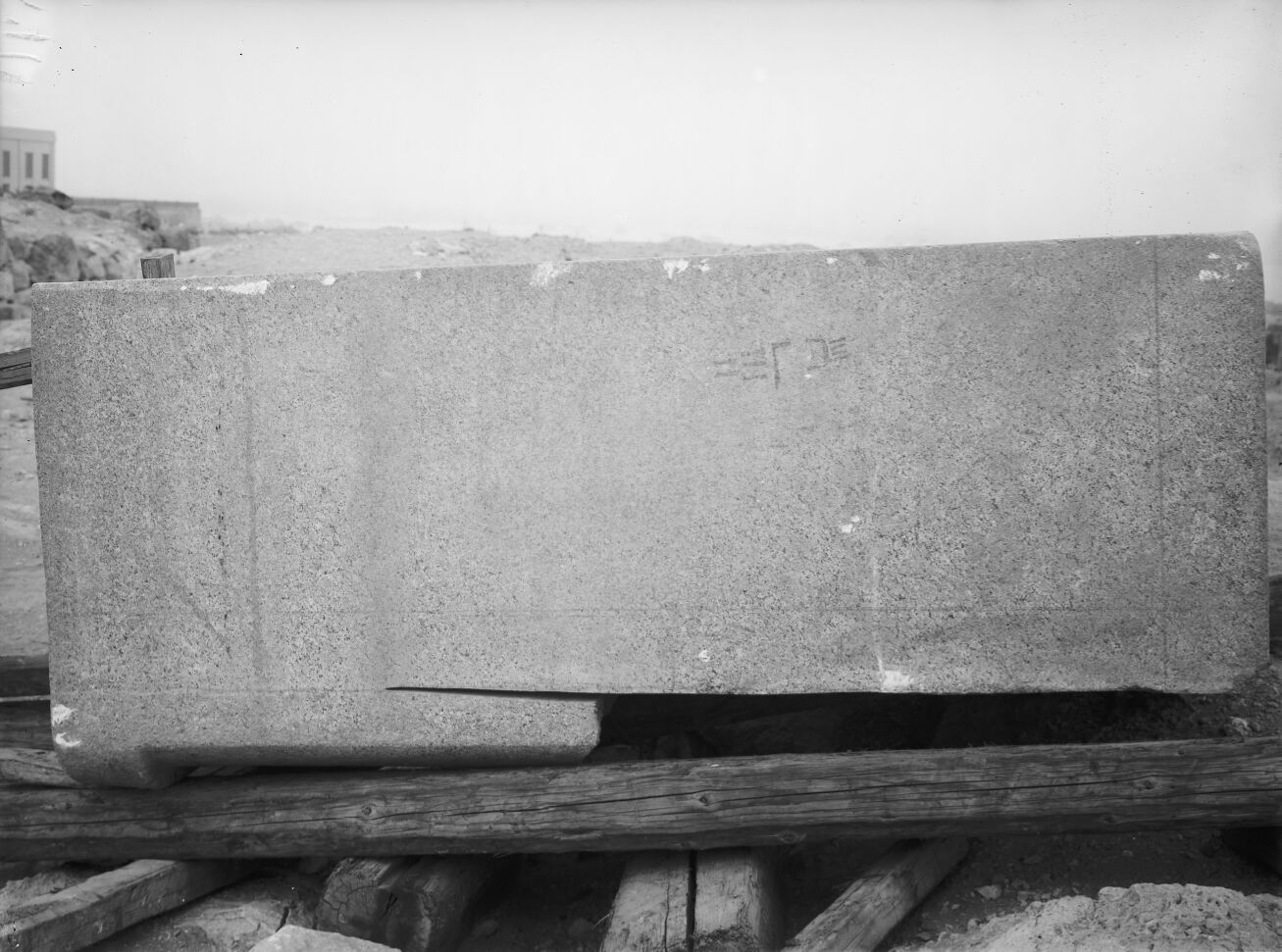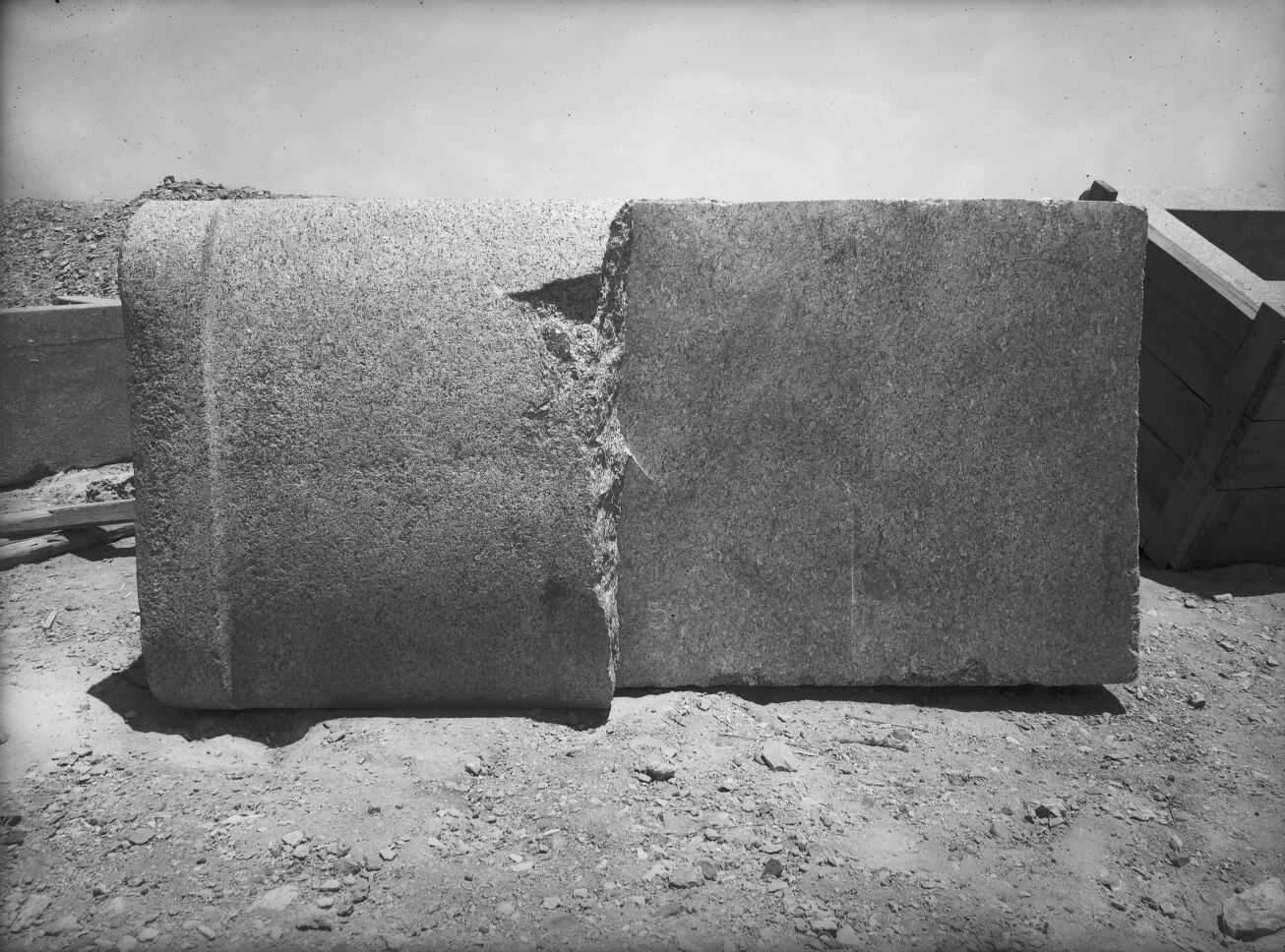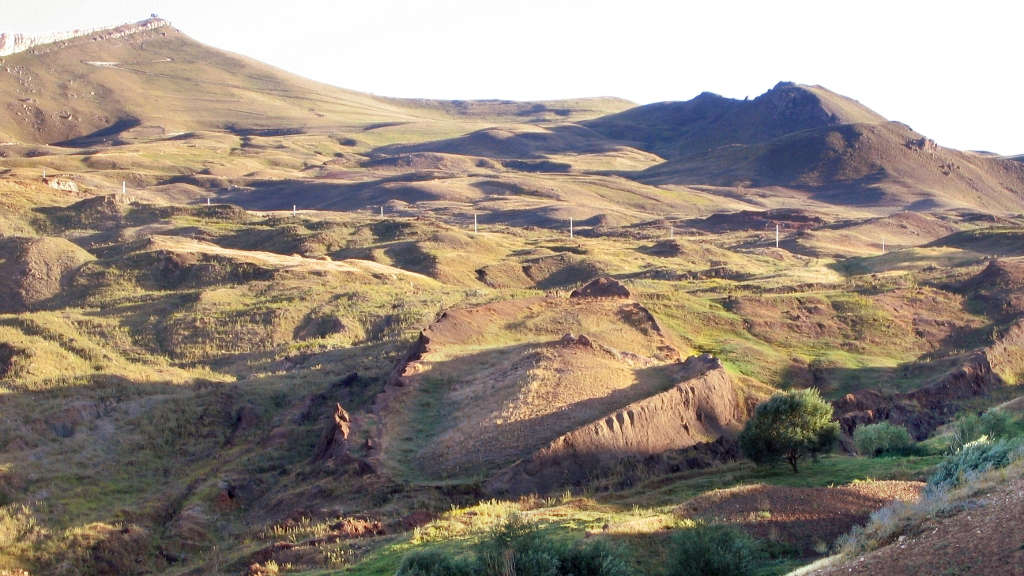
What Technology Was Available to Build the Ark?
Was Noah Primitive?
Some illustrations show an old, bearded Noah chipping away at a log with an adze. Some portray Noah as belonging to a “primitive” culture of nomadic herdsmen, who never made anything more advanced than a tentpole and a clay bowl. The evidence disputes this. From the “dawn” of civilization (which is really the second dawn—after the flood), man’s ingenuity and technical achievements are astounding, so much so that monuments created by ancient people are considered ancient “mysteries,” or even “evidence” of high-tech alien visitations.
The evolutionary mindset contributes to this because it implies a gradually increasing level of technology that suddenly boomed a few centuries ago. Not so in the diggings. Some of the most ancient Egyptian artifacts defy a simple explanation for their manufacture—from the precisely machined granite vase to the huge accurate pyramids and buildings. And these are the bits that survived some 4,000 years!
Noah was using technology that was pre-Renaissance, pre-Roman, pre-Greek, pre-Egyptian, and pre-Babylonian. But these high points of the history of technology were all about the same anyway.
Building the ark would not require technology beyond what is attested in the earliest cultures post-Babel.
By combining the know-how of the early Egyptian, Chinese, etc., we should have a representation of Babel technology. The Babel event occurred within a few generations after the flood, so the technology used by the earliest post-flood cultures should give us a baseline for Noah’s capabilities. Of course, it is possible that the world before Noah’s day surpassed these technological abilities and that there was a loss of technology when the world was destroyed during the flood, and then further loss when humanity was fragmented at Babel. But building the ark would not require technology beyond what is attested in the earliest cultures post-Babel.
Egyptian Technology
Egyptians had advanced technology compared to other surrounding populations. The pyramids are often pointed to as excellent examples of the Egyptian ability to move very heavy stones long distances and to cut them very precisely to fit together with no gap. They are engineering marvels, and the Great Pyramid of Giza was the largest structure on earth until the Lincoln Cathedral was built in 1311.
Plumbing
The noria (water wheel) and the shadduf (lever with bucket) were used to raise water and the aqueduct to move it. These could have possibly been used to move water around the ark from a storage area to water animals or for other uses. Egyptians also were able to use copper for a variety of uses, even creating pipes for plumbing. Copper pipes were formed by hammering sheet copper around a dowel and soldering the joint. Genesis 4:22 says that Tubal-cain was “the forger of all instruments of bronze and iron.” Bronze is an alloy of copper and tin; so if the pre-flood world had the technology to create bronze, they necessarily also had the technology to work with copper as well. The plumbing included basins that were equipped with metal fittings. Pipes were also made out of clay. Both copper and clay are still used for piping today.1
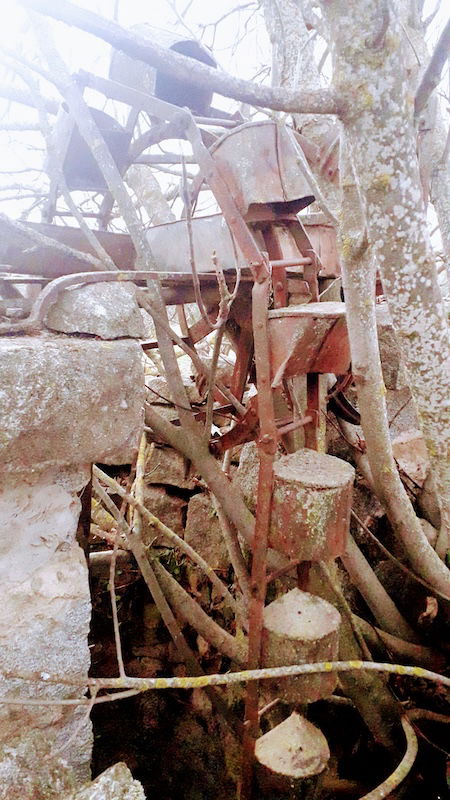
Noria (water wheel). Feranza, CC BY-SA 4.0, via Wikimedia Commons
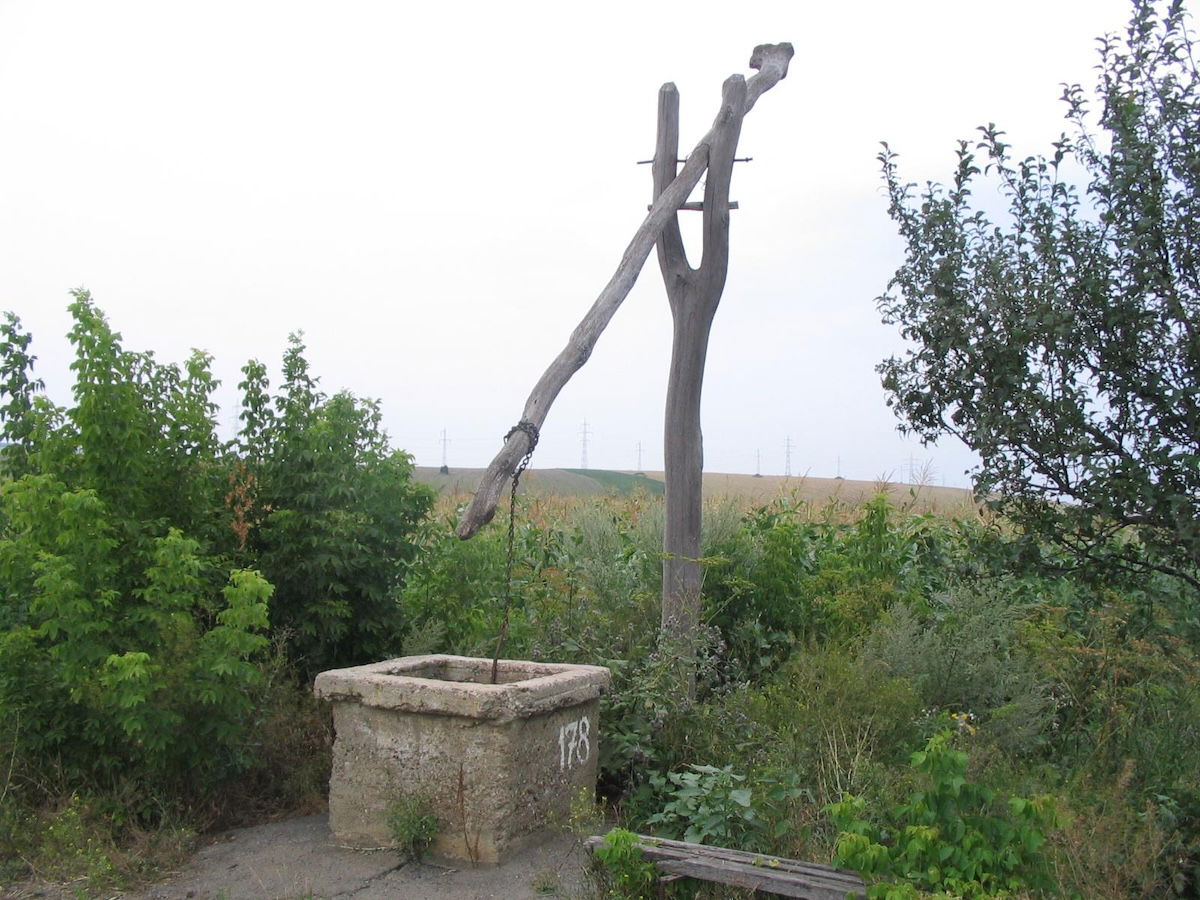
Shadduf (lever with bucket). Not home, Public domain, via Wikimedia Commons
Stonework
The Egyptians were famously able to quarry, transport, and cut huge stones. Some of their technology has only been matched in fairly recent history. The pyramids were made from limestone, but granite is an even harder stone to quarry and shape.
The Unfinished Sarcophagus, housed in the Cairo Museum, can tell us about some of the technology the Egyptians used. They used copper saws and drills, probably aided by sand to provide an abrasive material to slowly grind away the stone. “The straight lines and smooth surfaces demonstrate a high level of craftsmanship and understanding of the material.”2, 3
While we would be able to create these sorts of items with diamond-tipped tools and large multi-axis machine tools, it would be very time-consuming and expensive. Modern technicians are accustomed to more mundane operations. For example, the same thing built today would be done in pieces and fitted together. A construction from a single block is far too extravagant by today’s standards.
Noah’s Possible Tools
Egypt is not the only ancient civilization with technology that contradicts the evolutionary idea of gradual societal advancement. High levels of manufacturing and building technology are evident in ancient cultures of China, India, South America, and many other places. Obviously, most were lost over the years, so we must assume there was even more technology pre-flood that we aren’t aware of.
History demonstrates that technology usually takes a few centuries to mature.
History demonstrates that technology usually takes a few centuries to mature. For example, the development of the Greek trireme in the climate of competing marine empires resulted in huge ships over 100 m long. History also shows technology is easily lost when a civilization changes or crumbles, such as the demise of the huge Chinese junks (sailing ships) due to a change in government policy. With this in mind, it should be safe to presume that the pre-flood manufacturing expertise was higher than the best Egyptian culture—which had to regain momentum after the flood. This is quite a high level of technology, in many ways challenging even the much later Greek and Roman civilizations.
For our purposes, we will put Noah’s technology on par with ancient civilizations such as Egypt.
Timber Processing
Noah, a godly 500-year-old man, should be smart and capable. Did he just have an adze to work with? Not likely. How about a simple, low-tech saw powered by an animal or water?

Silar, CC BY-SA 4.0, via Wikimedia Commons
For working with timber, Noah might have had some sort of milling saw, a variety of smaller handsaws for detail work, chisels, the axe and/or adze, hand drills for dowels and spike/nail pilot holes, metal wedges for splitting timber, and the good old hammer.
Milled Flour
Similar methods are commonly employed for milling flour, which would be a logical way for Noah to store food for his family. The earliest evidence of the growth and consumption of grains is from the area close to where the first post-flood people settled; it makes sense that the knowledge of the cultivation and processing of grain was developed in the pre-flood world, and Noah and his family preserved that knowledge.
Pottery
Lamps: The basic design of oil lamps is almost entirely uniform throughout the ancient world: olive oil, a wick, and a small clay bowl—usually with a spout for the wick and some form of handhold. Lamps would be needed to sort out any problems at night, and they might even come in handy inside a room on the lowest level in the daytime.

Johann H. Addicks, CC BY-SA 3.0, via Wikimedia Commons
Jars: Certain types of food that require near-hermetic conditions (e.g., shelled nuts) could be stored in pottery jars. The popularity of pottery containers in the ancient world is reason enough to employ them on the ark. Maybe not as fancy as shown below.
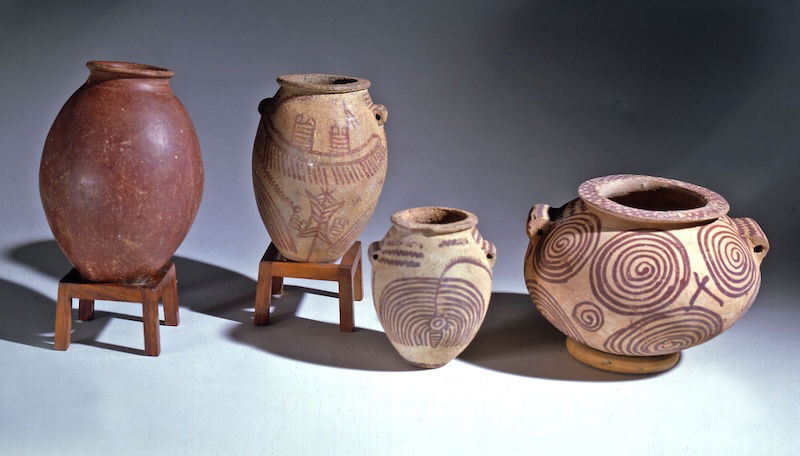
Museo Egizio, CC0, via Wikimedia Commons
Feeders: Animal water feeders would be a good candidate for pottery—especially for small to midsize animals.
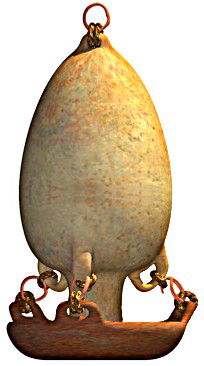
A concept for a ceramic water feeder. Image copyright Tim Lovett Sept 2004.
Ovens
Genesis 4:22 tells us that Tubal-cain was able to work not just with copper but with iron, which is more complex. This requires purpose-built furnaces. Metal spikes may have been used to join structural timbers in certain critical areas of the hull of Noah’s ark. Bronze or other copper-based alloys could be the prominent metal, although the short working life of the ark and pitch coating would make steel acceptable.
Heat was probably required for the production or preparation of the pitch coating—although a much lower “cooking” temperature.
Cranes
Building a timber ship the size of Noah’s ark would require lifting heavy loads. But rather than casting doubt on the story, ancient civilizations show a level of construction technology that has only recently been surpassed. This is the sort of prowess one would expect from Noah’s descendants.
Noah’s ark was a large construction project. While none of the timbers were likely to top the mass of the Egyptian obelisk now standing in the Vatican, Noah must have used something to raise loads. Shifting large keel logs into position, raising structural timber frames, and handling long lengths of planking all require some sort of lifting apparatus. Since rope, wooden pulleys, and lifting frames are all “low-tech” ancient technologies, there is no lifting operation that is technically inconceivable as far as lumps of wood are concerned.
The ancient Egyptians, Greeks, Romans, Chinese, Mayans, and others were all fascinated with lifting heavy objects, usually stone. Theories abound about how the Egyptians accomplished it. Even as recently as 1586, simply lifting an Egyptian stone obelisk was considered an engineering feat.4
Noah would have had a number of technologies and tools available for lifting heavy objects.
Noah would have had a number of technologies and tools available for lifting heavy objects. It is likely that he would have been able to take advantage of lever and pulley systems. Rope could have been made from grasses, papyrus, etc. Wooden pulleys were very effective and easily fabricated, and these were no problem for the Egyptians either. Methods of lifting were obviously employed in the raising of 330 ton obelisks in Egypt. For example, “The Vatican in 1586 moved a 330-ton Egyptian obelisk to St. Peter’s Square. It is known that lifting the stone into vertical position required 74 horses and 900 men using ropes and pulleys.”5

St. Peter's Place, the obelisk, Rome, Italy. Photochrom Print Collection, Public domain, via Wikimedia Commons.
A Simple Way to Raise Very Heavy Objects
Wally Wallington of Michigan started building his own Stonehenge in 2003.

Stonehenge. Diego Delso, CC BY-SA 4.0, via Wikimedia Commons
Wally demonstrates a method of raising a 10-ton block by himself—by pivoting and jacking them bit by bit. This incredibly simple technique requires no crane or pulleys and very little manpower (one man).
Manpower
For Noah to build the ark, we don’t have to appeal to unrealistic levels of technology.
It appears the pyramids employed a large number of workers. Similarly, Noah’s ark was almost certainly more than a job for Noah and his sons.6 The management of large numbers of people requires a certain level of communication and organization. Mathematical and design skills, written languages, logistics for materials, food, and economic incentives for workers would be highly beneficial.
Noah’s ark was possible with technology attested in the post-flood world.
For Noah to build the ark, we don’t have to appeal to unrealistic levels of technology. Intelligent people using technology known in the ancient world could have built the ark as the Bible teaches.
Footnotes
- PlumbingSupply.com, “The History of Plumbing – Egypt,” originally published in P&M Magazine (July 1989), https://www.plumbingsupply.com/pmegypt.html.
- The Archaeologist Editor Group, “How Did the Ancient Egyptians Cut Granite? Insights from the Unfinished Sarcophagus in the Cairo Museum,” The Archaeologist, December 4, 2023, https://www.thearchaeologist.org/blog/how-did-the-ancient-egyptians-cut-granite-insights-from-the-unfinished-sarcophagus-in-the-cairo-museum.
- Grand Egyptian Museum, “Red Granite Sarcophagus of Hordjedef,” registered December 22, 1924, http://giza.fas.harvard.edu/objects/8998/full/.
- Paul Lunde, “A Forest of Obelisks,” Aramco World Magazine, March/April 1979, https://archive.aramcoworld.com/issue/197902/a.forest.of.obelisks.htm.
- Robert Tindol, “Caltech Researchers Successfully Raise Obelisk with Kite to Test Theory About Ancient Pyramids,” Caltech, June 25, 2001, https://www.caltech.edu/about/news/caltech-researchers-successfully-raise-obeliskwith-kite-test-theory-about-ancient-pyramids-501.
- For example, “Archaeologist Mark Lehner, director of the Giza Plateau Mapping Project, believes that as many as 20,000 people moved in and out of the village while building the pyramids. Dormitory-style buildings appear to have held sleeping quarters for as many as 2,000 people. Diggers also have found evidence of copper-making and cooking facilities. ‘All the evidence points to a very large lost city of the Pyramids that hadn’t been known before we started working,’ said Lehner.” Nancy Gupton, “Ancient Egyptian Chambers Explored,” National Geographic News, last updated April 4, 2003, https://web.archive.org/web/20110804074124/http://news.nationalgeographic.com/news/2002/09/0910_020913_egypt_1.html.
Recommended Resources

Answers in Genesis is an apologetics ministry, dedicated to helping Christians defend their faith and proclaim the good news of Jesus Christ.
- Customer Service 800.778.3390
- Available Monday–Friday | 9 AM–5 PM ET
- © 2026 Answers in Genesis

